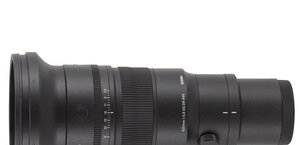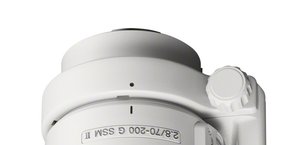Tamron 17-50 mm f/4 Di III VXD
6. Distortion and field of view
Field of view
A full frame rectilinear 17-50 mm lens should offer you a range of angles of view changing from 103.6 to 46.8 deg. Of course some exceptions are always possible – after all, as we are going to show in a moment, the lens doesn't correct distortion in a perfect way so is not rectilinear. What's more, its real focal length might be a tad different than the one officially declared. The producers always round such values to whole numbers so several percent of difference is nothing strange.Fortunately, when it comes to fields of view of the tested Tamron, we don't have to guess. We measured them precisely as it should be done, for rays of light coming from infinity. Our measurements were based on photos of starry sky; then we transformed the pixel layout (X,Y) from the photo into the equatorial coordinate system (right ascension and declination), which locates a star on a celestial sphere.
The result of our measurement at the 17 mm focal length is a big surprise. We had to use as many as 626 stars positioned evenly across the whole frame because the image is deformed by moustache distortion. Despite using such a high number of stars the mesh fitting error remained significant, amounting to 4.4 minutes of arc. Still, the measurements we got in two different photos were in accordance with each other, providing a result of as much as 111.5 deg, with the measuring error amounting to 0.3 deg. It's 7.9 deg more than the official field, declared by the producer and a very nice surprise. You get a lot of spare area for correcting distortion which level, as you are going to find in a moment, is very high.
Please Support UsIf you enjoy our reviews and articles, and you want us to continue our work please, support our website by donating through PayPal. The funds are going to be used for paying our editorial team, renting servers, and equipping our testing studio; only that way we will be able to continue providing you interesting content for free. |
- - - - - - - - - - - - - - - - - - - - - - - - - - - - - - - - - - - - - - - - - - - - - - - -
Still, it's worth remembering that, at the wide angle, the uncorrected image provided by the Tamron gives you a field that belongs to a rectilinear lens with a focal length of less than 15 mm.
Some derogations from official declarations you can spot also at the maximum focal length. In its case in order to transform the pixel layout into the equatorial coordinate system we needed just 90 stars and the mesh-fitting error amounted just 10 seconds of arc. The field, reached by us, amounted to 47.9 deg with the measuring error not exceeding 0.05 deg. It means you deal here with a bit over 1 degree to spare.
Distortion
Unfortunately distortion problems are visible already on the APS-C sensor. In case of the 17 mm focal length you have to take into account barrel distortion of −5.47%, that decreases to exactly −4.00% after passing to 20 mm and to−2.46% after changing the focal length into 24 mm. The problems end at 35 and 50 mm, where we got, respectively, −0.60% and +0.01%.
| Sony A7R IIIa, APS-C, 17 mm | |||
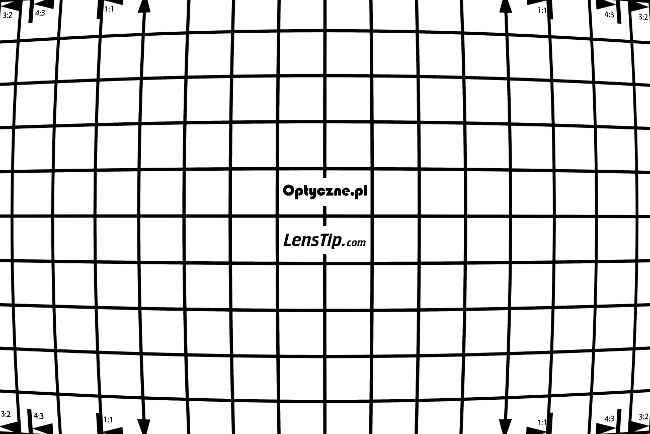
|
|||
| Sony A7R IIIa, APS-C, 20 mm | |||
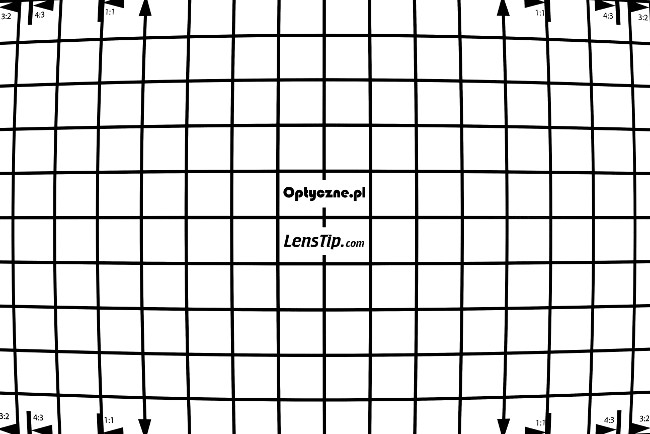
|
|||
| Sony A7R IIIa, APS-C, 24 mm | |||
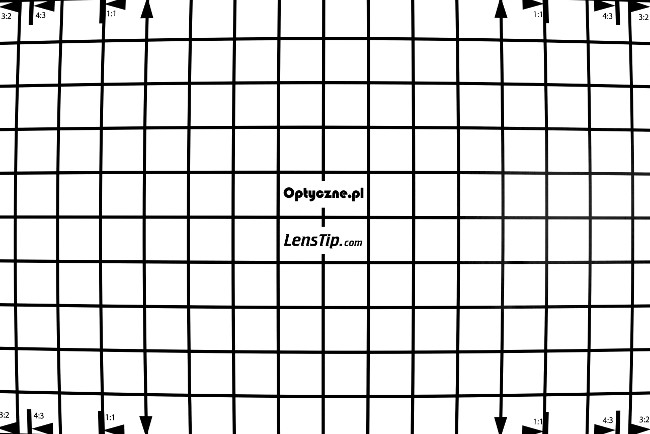
|
|||
| Sony A7R IIIa, APS-C, 28 mm | |||
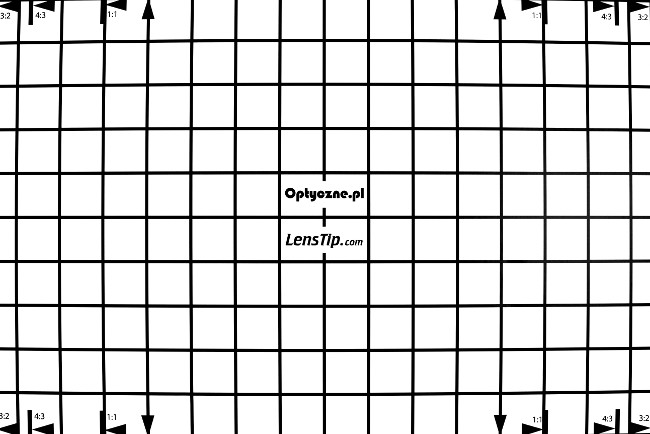
|
|||
| Sony A7R IIIa, APS-C, 35 mm | |||
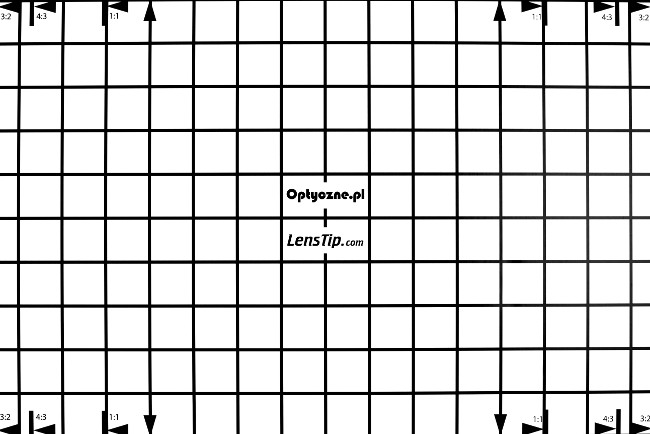
|
|||
| Sony A7R IIIa, APS-C, 50 mm | |||
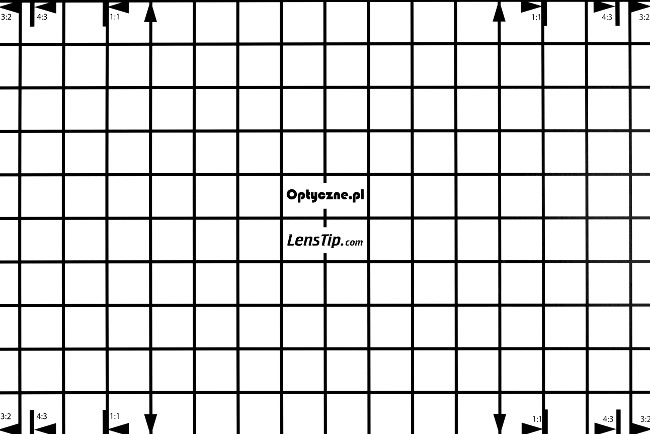
|
|||
On full frame the fact that Tamron's optics constructors gave up on distortion correction can be seen in all its glory. At 17 mm that aberration reaches a huge value of −9.17% and, as if it wasn't enough, you can also spot the influence of moustache distortion. If you limit the measurements to the area inside 1:1 markings, that result actually increases to −9.9%.
A still high result, amounting to −6.36%, you see after passing to the 20 mm focal length. Barrel distortion also makes itself felt at 24 and 28 mm, with values amounting to −3.70% and −2.32% respectively. This time the problems end at 35 and 50 mm, with distortion on a level of −0.65% and +0.17%.
| Sony A7R IIIa, FF, 17 mm | |||
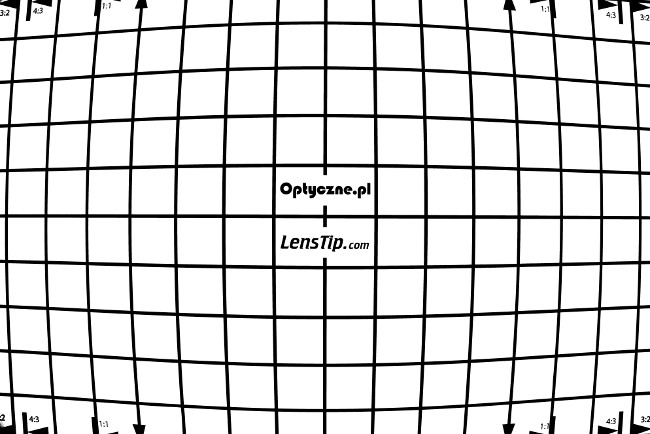
|
|||
| Sony A7R IIIa, FF, 20 mm | |||
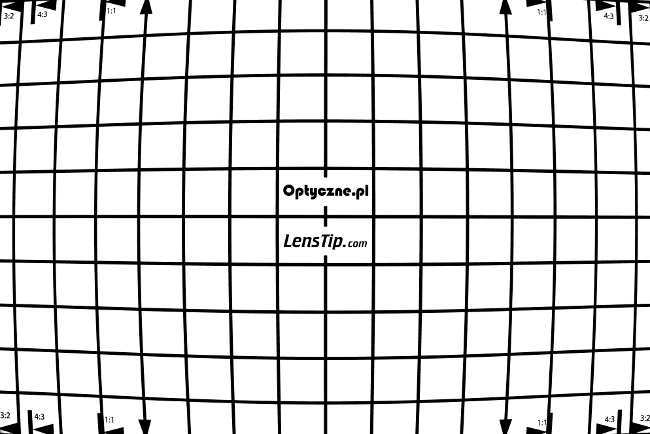
|
|||
| Sony A7R IIIa, FF, 24 mm | |||
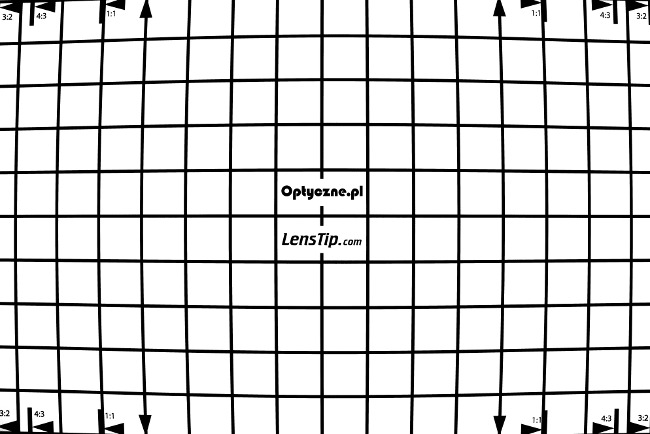
|
|||
| Sony A7R IIIa, FF, 28 mm | |||
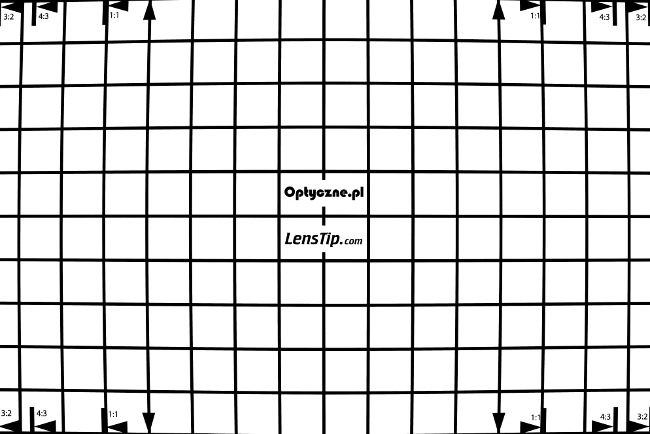
|
|||
| Sony A7R IIIa, FF, 35 mm | |||
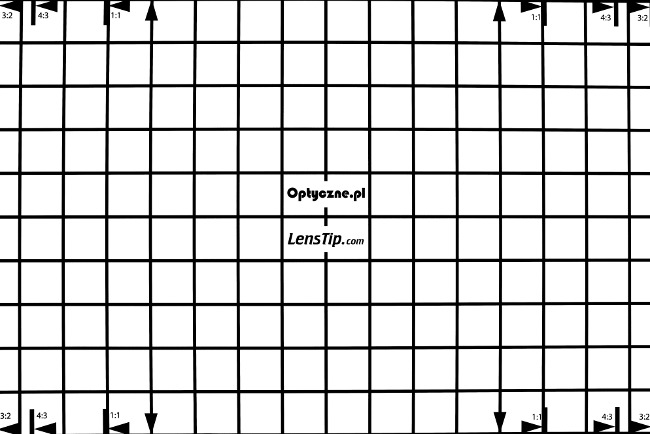
|
|||
| Sony A7R IIIa, APS-C, 50 mm | |||
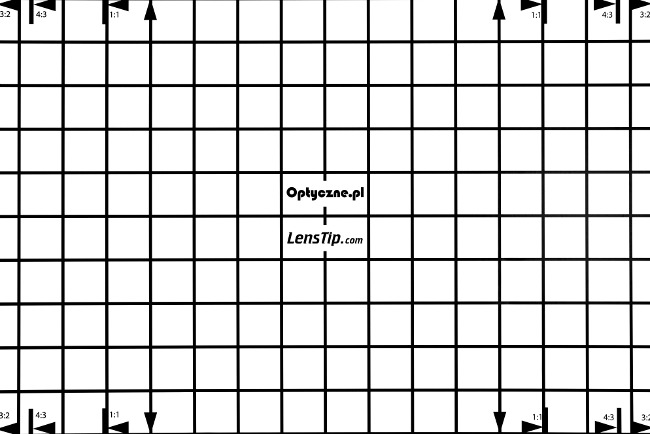
|
|||




